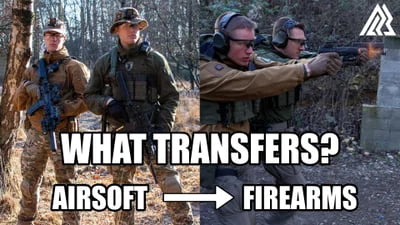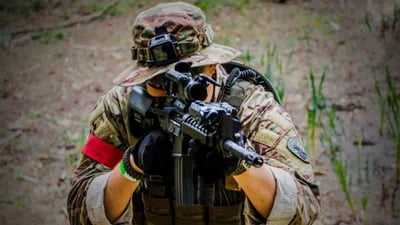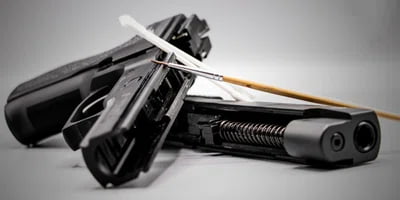How to Zero your Optics on Airsoft Guns WITHOUT Firing a Shot
Related Posts

Airsoft to Firearms: What ACTUALLY Works (and What Doesn’t)
Read more from ReconBrothers®.
Dec 25, 2025
Airsoft

5 Tips to SAVE MONEY when doing Airsoft & Milsim
Read more from ReconBrothers®.
Dec 24, 2025
Airsoft

How to Clean & Maintain your Airsoft GBB Pistol
Read more from ReconBrothers®.
Dec 24, 2025
Airsoft